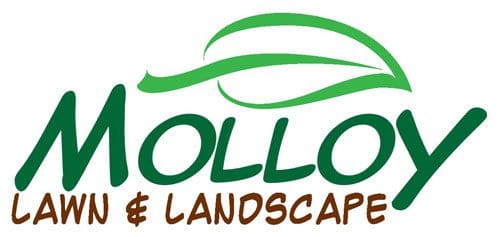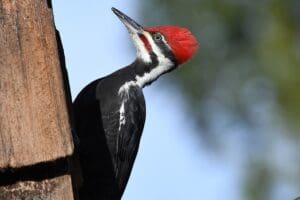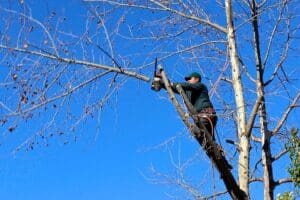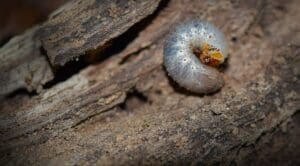Since we are going to be discussing how to care for trees in some of our blogs, we thought it would be a good idea to give you a glossary of some of the tree terminology that we’ll be using so that you understand it a bit better. In our future blogs, we’ll refer back to this post and the L – Z post so that you don’t have to go back and look for it.
Acid – pH level is under 7.
Alkaline – pH level is over 7
Allelopathy – One plant suppresses another plant from growing by releasing toxic substances.
Alternate – Leaves are staggered without being placed right across from one another on a twig.
Anthracnose – Fungus group that can cause dieback as well as death sometimes to different species like dogwood, maple, oak, and sycamore.
Blade – The leaflet or leaf’s flat part, usually found on broadleaf trees. See broadleaf.
Bracts – Modified leaves that bear flowers.
Broadleaf – Trees that have leaves which are thin and flat, and usually annually shed.
Bud scar – These marks remain once a bud scale drops during the spring..
Clingstone – Stone fruits such as some plums or peaches that have flesh which strongly adheres to the fruit’s pit.
Compound leaf – Leaves that have multiple blades. All of the blades are attached to one stem. You’ll find a bud where the stem and twig come together.
Conifer – Tree that bears cones.
Cross-pollination – Fertilization in between trees that are genetically compatible to create better fruit. It often results in much better offspring.
Crown – A shrub or tree’s foliage head. It’s the shape or form of a tree.
Deciduous – Trees that annually shed all their leaves.
Entire – Leaf margins with untoothed, smooth edges.
Evergreen – Trees with leaves or needles that stay on a tree and alive throughout the winter.
Exfoliate – Something that is peeling in thin layers or shreds, such as a tree’s bark.
Freestone – The stone of a fruit that doesn’t have flesh clinging to it.
Habit – The typical plant growth mode. It’s used for describing a tree’s overall shape.
Hardiness zone – Plants are expected to grow in this zone’s extremes, determined by its lowest temperatures annually. Other kind of conditions like soil, wind and moisture could affect the plants’ availability.
Knees – The trunk of the tree’s during wet conditions will exhibit a buttress with root protrusions.
Leaf scar – A mark on a twig after a leaf breaks off.
Lobes – The projections which shape leaves.
We broke this glossary down into two posts so that it’s not too long. We hope that you have found this useful.
If you have concerns about your tree’s health and you are looking for a company that you can count on to care for it, give us a call. We’ll be happy to answer any questions that you have.




